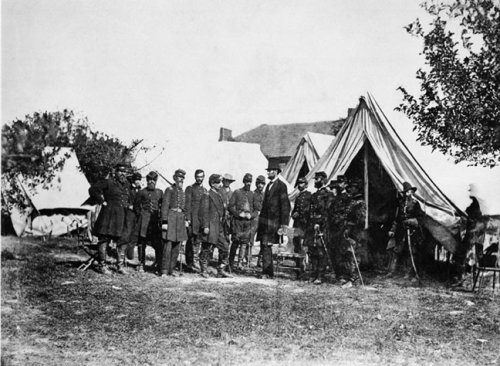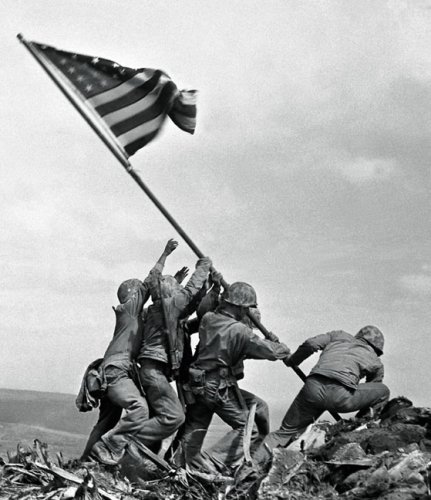Deliver to Greece
IFor best experience Get the App





Breaking News: How the Associated Press Has Covered War, Peace and Everything Else
P**R
An Informative, Entertaining, Reminder of Moments in History
"Breaking News: How the Associated Press Has Covered War, Peace, and Everything Else," by Reporters of the Associated Press, Princeton Architectural Press, New York, 2007. This is a very nicely done coffee table book telling mostly how news has been reported by the Associated Press over its history since about 1850. The book includes many first rate, quality photographs, often famous ones related to major stories. It also includes photo reproductions of telegrams and teletypes reporting famous news stories such as Lincoln's assassination, and even 9/11.A section includes a glossary of wire service terms. We learn that AP's main national newswire is known as the A-wire, which is controlled from New York City. There is also an F-wire, which carries financial news, presumably in competition with the Dow Jones Broad Ticker and the Bloomberg News Service. There is also a Sports Wire, which carries sports news, and one suspects there are numerous regional wires, and probably international wires covering the news at various levels. We learn that for many years Reuters stories have been distributed in the US by the AP and Associated Press stories have been distributed in Europe by Reuters. The famous lead or "lede" is the first paragraph of the story intended to grab the reader's attention. A newsflash is a news alert of immediate importance. Though rarely sent by AP two were sent within two hours on 9/11. Five bells is the signal from the teletype alerting of incoming news usually a flash or bulletin. A bulletin is a major breaking news story; an urgent heading indicates an important story not quite of bulletin caliber.Section titles gives some idea of the content. They are War I, Trials, Freedom of Information, Aviation, Sports, Elections, Civil Rights, War I I, Foreign Correspondents, Photographs, Disasters, and the White House.The news business includes its share of blunders. Several famous ones are described. Shortly after the Union victory at Gettysburg, a spoof message was sent to New York papers announcing that Grant was giving up his Wilderness Campaign and Lincoln had declared "a national day of fasting, humiliation, and prayer." Most papers immediately recognized the story as false, but two published it.At the end of World War I, United Press, a competitor, announced that the armistice had been signed on November 7 - 4 days before the event actually occurred. At the Lindbergh kidnapping trial in Flemington NJ, on September 20, 1934, AP had developed an elaborate code to signal the terms of the jury verdict before competitors could leave the courtroom. Confusion resulted in a misunderstood code and a false flash, announcing a verdict had been reached "guilty and life" rather than "guilty with the death sentence." As a result, AP fired one man, suspended another, and demoted a third.To get ready for deadline, news stories are often written ahead with the name of the winner inserted at the last minute. In AP lingo, "Will Overhead" was a fill name for the winner to be sent by "overhead wire" later. At least once, a newspaper staffed by inexperienced personnel managed to publish Will Overhead in a headline as the winner of an event.The addition of photographs to the AP wire service was an important development. In 1926 American Telephone & Telegraph Co. began commercial picture transmissions between major US cities. The pictures were of rather low quality, but Associated Press began using that service in 1928. However, AT&T discontinued their service in 1933 finding that the business was not profitable. AP began its Wirephoto service on January 1, 1935, with 47 newspapers in 25 states.In March, 1959, China took over Tibet and forced the Dalai Lama to flee to India. AP and UPI were in competition to get a photo of the Dalai Lama sent by radio photo to newspapers around the globe. UPI won by almost 57 minutes, but they misidentified the man in the photo. Their photo was cropped and identified the Indian Foreign Ministry's press spokesman as the Dalai Lama. The AP photo came later, but with correct identification. The AP creed is timely, accurate, and unbiased.The appendix includes a brief history of the Associated Press. According to the summary, news has always been highly competitive with papers using various means to get the story first. Originally it was a matter of racing horses, using carrier pigeons or whatever to get the story there a day sooner. Major stories often took a week to get to eastern newspapers. The telegraph changed all that. Now stories could be delivered to the paper within hours. The Associated Press grew out of coverage by competing New York City newspapers of the Mexican War in April, 1846. They realized they were duplicating efforts, and instead decided to cooperate and share the news stories from afar. Initially the news went only to the New York City newspapers. Only later did they agree to supply the news to outlet's across the country in return for fees.For years, the Associated Press was "the" news service. By arrangement with Western Union, the telegraph company agreed to carry AP news reports exclusively so long as the news service spoke kindly of Western Union. In addition, any subscriber to the AP service could block any competing newspaper's participation in the service. Since there were few other telegraph companies that effectively meant no alternative. That is quite unlike today's networks when NBC and CBS, and later ABC, Fox, and CNN, provide competing services. In the heyday of AP and Western Union the combination told the Republican view and were said not to transmit the position of the other side.A problem with the history summary is that the story of the beginning of the wire services told by AP differs somewhat from that told by Alexander Jones in his "Historical Sketch of the Electric Telegraph." According to Jones, telegraph companies formed news departments to report commodity pricing of materials like flour and grain in cities along the telegraph lines. How these services were ultimately combined with those of AP is not clear. However, AP admits that its early records are fragmentary.The appendix includes a list of AP General Agents, General Managers, and CEOs dating back to 1849 as well as the locations of the Associated Press offices in New York City back to 1849. The volume includes extensive endnotes and is well indexed.Overall, this book is very well done. Readers will appreciate its highly professional presentation. They will be reminded of moments in history, and they will find it informative and entertaining.
G**A
More of a text book than a coffee-table book
Very interesting, especially for those journalism junkies. However, it reads more like a text book than a casual read or coffee-table book. Photos are fabulous, though.
A**N
A book worth reading
This book is an important reminder of the tireless and many times anonymous job AP reporters do on a daily basis. The book is filled with rich details about the wire service. It's really a history of American journalism.
Trustpilot
1 month ago
1 week ago